Discovering “Albert Bichot Bourgogne Vieilles Vignes de Pinot Noir” from Burgundy at Spec’s Wines
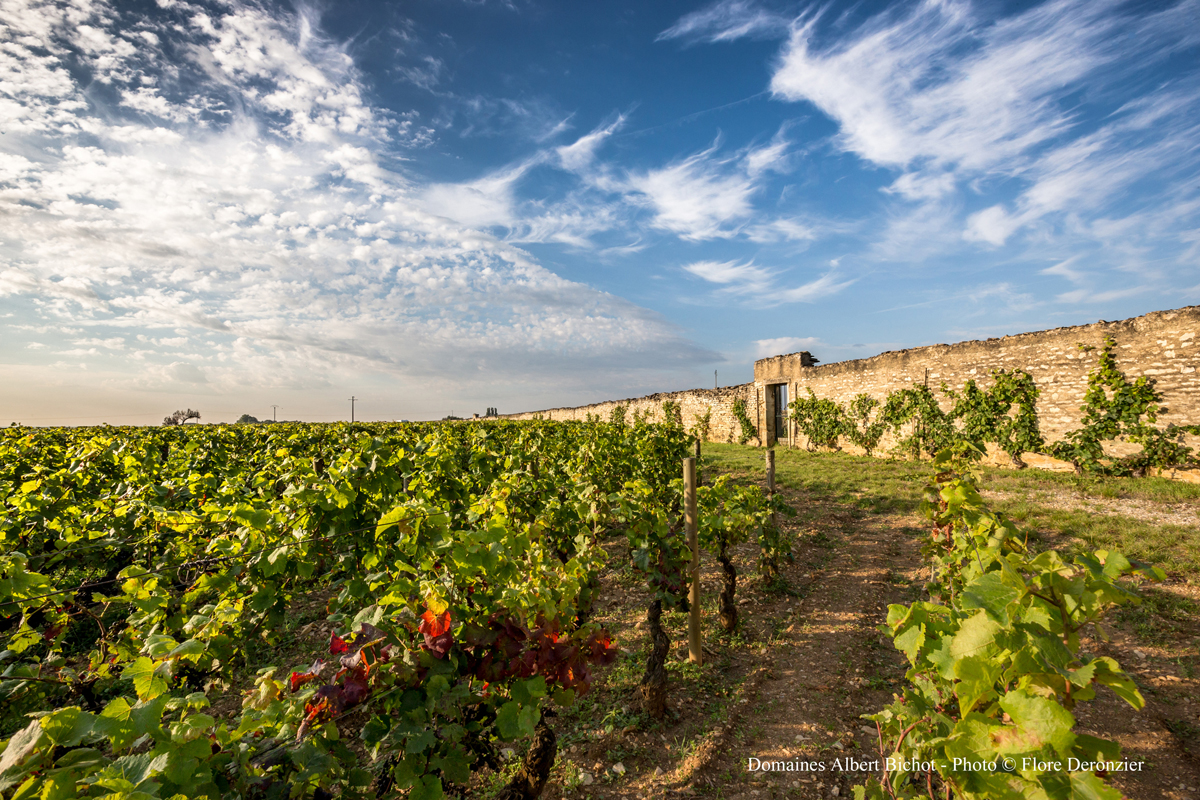
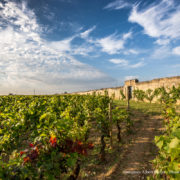
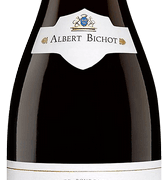
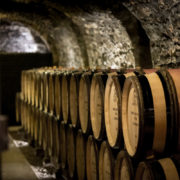
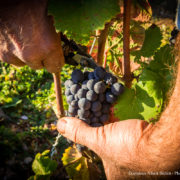 +3
+3 Discovering “Albert Bichot Bourgogne Vieilles Vignes de Pinot Noir” from Burgundy at Spec’s Wines
Discovering “Albert Bichot Bourgogne Vieilles Vignes de Pinot Noir” from Burgundy at Spec’s Wines
Discovering “Albert Bichot Bourgogne Vieilles Vignes de Pinot Noir” from Burgundy at Spec’s Wines
Discovering “Albert Bichot Bourgogne Vieilles Vignes de Pinot Noir” from Burgundy at Spec’s Wines
Discovering “Albert Bichot Bourgogne Vieilles Vignes de Pinot Noir” from Burgundy at Spec’s Wines
Discovering “Albert Bichot Bourgogne Vieilles Vignes de Pinot Noir” from Burgundy at Spec’s Wines
Over the years, I’ve had opportunities to toss back wine in other countries. It’s hard to imagine anything that’s more fun, and I’m looking forward to doing more of that. One day for instance, I want to travel in the Mendoza to taste Argentinian Malbecs. It’s also fun to experiment when I’m stuck in Houston. I select a wine-making region, then go shopping for a great-tasting but inexpensive bottle from that region. Part of the fun is to do a tiny bit of research into the wine’s origin, which I personally enjoy as much as drinking it. For this reason, I strolled into Spec’s Wines in downtown Houston recently and told the sales assistant I wanted to see inexpensive reds from Burgundy.
“What’s inexpensive?”
Under $20
When the guy suggested a Burgundy Pinot Noir, I hesitated, because Pinot Noir sometimes lacks the full-bodied taste I enjoy.

“Not this one,” he said, as he wrenched a bottle of “Albert Bichot Bourgogne Vieilles Vignes de Pinot Noir” from the shelf. The instant I tasted the Pinot, I knew I had scored. Full-bodied taste kicked my mouth, while the wine was smooth going down. I was drinking an elegant wine that was surprisingly inexpensive.
I began my research by checking out the words on the bottle’s label. “Bourgogne Vieilles Vignes de Pinot Noir” revealed a couple of things. “Bourgogne” means the grape vines are grown in Burgundy France. The label lacks a “village” name, which indicates the wine producer purchases grapes from multiple villages in Burgundy. Lacking the premier cru or grand cru or village designation, the label tells me the wine is “regional.”
Two words on the label helped me know more. “Vieilles Vignes” translates to “old vines,” so I checked the wine producer Albert Bichot’s product description on its website to know the age and location of the old vines. The product description said my wine was made from Pinot Noir grapes on vines that are between 25 and 30 years old, located in the Côte de Beaune and Côte de Nuits section of Burgundy. I knew enough about France to know that together the Côte de Beaune and Côte de Nuits make-up Burgundy’s preeminent wine region, the Côte d’Or. The word “Bourgogne” is often interpreted to mean grapes from anywhere within Burgundy, but now I knew my Pinot Noir grapes were from Burgundy’s Côte d’Or.
Regulated by the French system of Appellation d’origine contrôlée (AOC), Burgundy’s Côte d’Or produces some of the most expensive wines in the world.
Experts can glean additional information about the wine. Such as “terroir,” which is essentially how soil, slope, exposure and weather affect taste. Understanding of how fossil-rich subsoils from past geologic eras add complexity of taste is an example of terroir. Predicting how an abundance of frost affects taste is an example of terroir. Terroir is a complicated subject, about which I’m ignorant, yet I find it fascinating. When wine snobs discuss terroir to impress other people, there’s a good chance they don’t understand this complicated topic. The winemaking process is similarly complex. It involves things like yeast and malo-lactic fermentation, and oak barrel storage. But all of that is over my head. I simply know that my Albert Bichot Bourgogne Vieilles Vignes de Pinot Noir wrenched from the shelf in the “Burgundy” section at Spec’s Wines downtown is not pricey and doesn’t taste like garbage, to the contrary it has a lovely taste.
I researched the Pinot Noir’s producer. Domaines Albert Bichot is a family-owned wine making and wine selling business based in the town of Beaune. The Albert Bichot business goes back six generations, dating to 1831. The company, called a “négociant,” has 247 acres, divided among six estates. It employs 172 people and makes 137 different wines. Last year “Le Monde” called the company’s leader Albéric Bichot, “one of the four largest traditional wine merchants in Burgundy.”
As always, the history dazzled me. The ancient Romans cultivated the Pinot Noir vine on steep hillsides in Burgundy, which means that while he was walloping the Gauls, Julius Caesar drank the wine. Some viticulturists and archaeologists believe the grape predated the Romans as well as the Greeks and was native to Bourgogne, although this is uncertain. What is certain is Pinot Noir is one of France’s oldest grapes. Medieval monastic communities such as the Abbey of Cluny made innovations to wine making and production in Burgundy soon after antiquity, and Pinot Noir was historically recorded in France in 1375. Later in the Middle Ages, the Dukes of Burgundy introduced this wine to other European royalty, its popularity spread.
One of my favorite things about researching a wine is seeing images of the vineyards and châteaux and other architecture, usually quite historical. How I adore this. These images from Domaines Albert Bichot’s website are by Flore Deronzier.



































